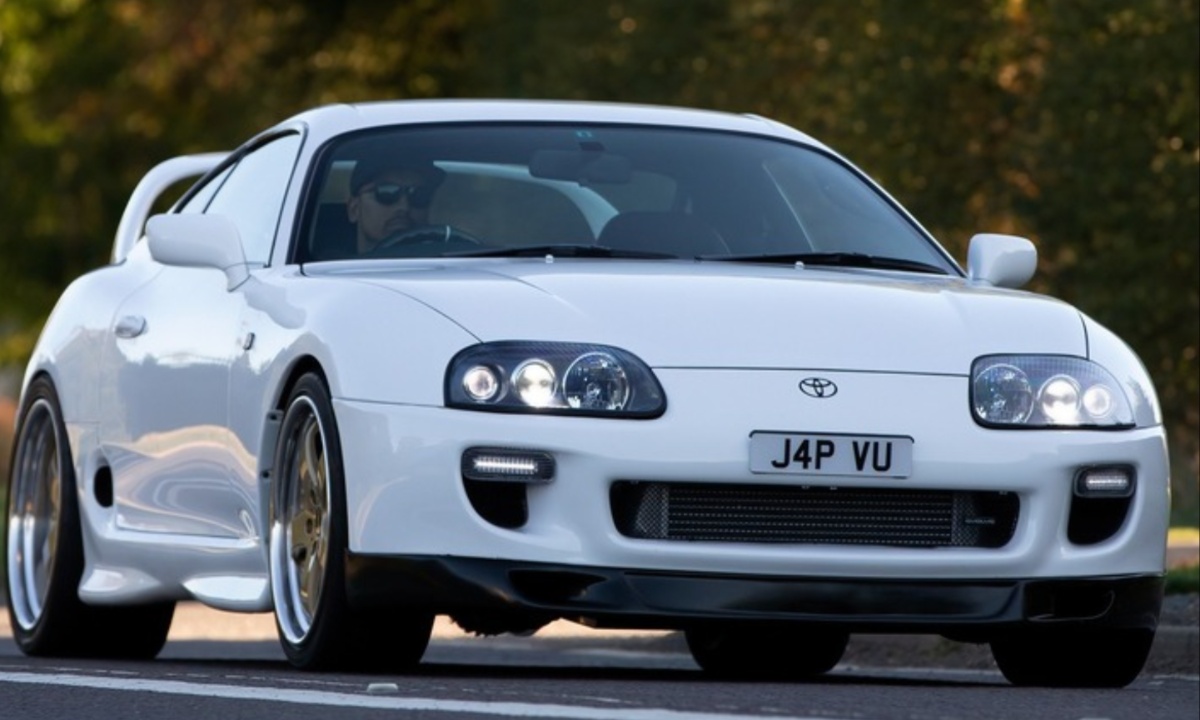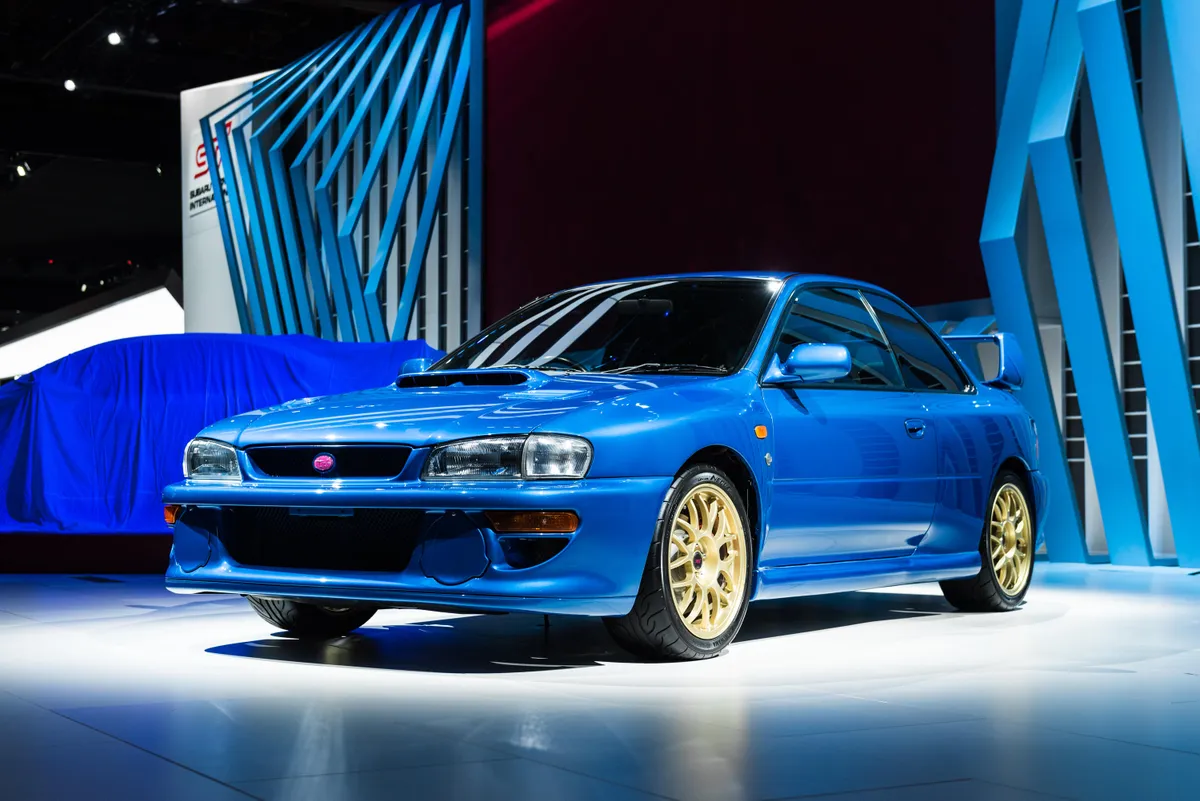Japanese classic cars embody a harmonious blend of innovation, reliability, and aesthetics. From elegant sports cars to rugged SUVs, these vehicles have redefined global automotive standards. Their timeless appeal continues to inspire enthusiasts worldwide, showcasing the craftsmanship and engineering prowess that solidified Japan’s position in the automobile industry. Here are ten classic Japanese cars that left an indelible mark on automotive history.
1. Toyota 2000GT: Japan’s First Supercar
The Toyota 2000GT, introduced in the late 1960s, marked Japan’s debut in the world of supercars. With a 2.0L inline-six engine producing 150 hp, it could reach a top speed of 137 mph. Its sleek design rivaled European sports cars, while limited production ensured exclusivity. The 2000GT’s appearance in the James Bond movie “You Only Live Twice” further solidified its status as an icon of Japanese automotive ingenuity.

2. Nissan Skyline GT-R (Hakosuka): The Original Legend
The “Hakosuka” Skyline GT-R, released in 1969, became the foundation of Nissan’s legendary GT-R series. Powered by a 2.0L inline-six engine with triple carburetors, it delivered 160 hp and excelled in motorsports. Its aggressive styling and racing dominance made it a fan favorite. With only 1,945 units produced, this GT-R represents the perfect blend of performance and heritage, remaining a highly sought-after collector’s item.

3. Datsun 240Z: A Sports Car for the Masses
The Datsun 240Z, launched in 1969, democratized sports car ownership. Featuring a 2.4L inline-six engine delivering 151 hp, it combined performance, affordability, and reliability. Its sleek design was inspired by European grand tourers, while its $3,500 price tag made it accessible to a broader audience. The 240Z’s global success established Nissan as a leader in the sports car market, with its legacy still celebrated today.

4. Mazda MX-5 Miata: Driving Pleasure Perfected
The Mazda MX-5 Miata, launched in 1989, revived the classic roadster formula. Powered by a 1.6L engine producing 116 hp, its lightweight construction and perfect 50:50 weight distribution ensured unparalleled driving enjoyment. Affordable, reliable, and charmingly minimalist, the Miata became a global sensation. It’s the world’s best-selling roadster, embodying the joy of driving while paying homage to the British sports cars that inspired it.

5. Toyota Supra Mk IV: Turbocharged Brilliance
The Toyota Supra Mk IV, introduced in 1993, became a 1990s performance icon. Its 3.0L inline-six 2JZ-GTE engine, capable of producing over 320 hp in stock form, offered incredible tuning potential. Combined with a sleek design and exceptional handling, the Supra gained fame in motorsports and pop culture. Its starring role in “The Fast and the Furious” cemented its status as a symbol of Japanese performance engineering.

6. Honda NSX: Everyday Supercar
The Honda NSX, launched in 1990, redefined the supercar experience. Equipped with a 3.0L V6 engine producing 270 hp and featuring an aluminum body, it delivered a thrilling performance with reliability unheard of in the segment. Its design was influenced by Ayrton Senna’s input, ensuring exceptional handling. The NSX proved that supercars could be practical and dependable, earning its place as one of the most celebrated Japanese classics.

7. Subaru Impreza 22B STi: Rally-Bred Excellence
The Subaru Impreza 22B STi, introduced in 1998, celebrated the brand’s World Rally Championship success. Powered by a 2.2L turbocharged flat-four engine producing 280 hp, it featured aggressive styling and rally-inspired performance. With just 424 units produced, its rarity and heritage make it a holy grail for enthusiasts. The 22B encapsulates Subaru’s commitment to performance and remains an icon of rally-bred engineering.

8. Mitsubishi Lancer Evolution VI: Rally DNA
The Mitsubishi Lancer Evolution VI, released in 1999, epitomized rally heritage with its 2.0L turbocharged engine delivering 276 hp. Its advanced all-wheel-drive system and lightweight construction made it a formidable competitor on and off the track. The Evo VI’s aggressive design and sharp handling continue to captivate fans of high-performance sedans, solidifying its place in Japanese automotive history.

9. Mazda Cosmo: Rotary Pioneer
The Mazda Cosmo, launched in 1967, was the first car to feature a rotary engine. Its 1.0L twin-rotor Wankel engine produced 110 hp, delivering smooth and high-revving performance. The Cosmo’s futuristic design and innovative engineering set it apart in a competitive market. As a symbol of Mazda’s bold vision, the Cosmo remains a celebrated classic and a testament to rotary engine innovation.

10. Toyota Land Cruiser J40: The Indestructible SUV
The Toyota Land Cruiser J40, produced from 1960 to 1984, earned its reputation for indestructibility. Powered by various robust engines, it became a reliable companion for adventurers worldwide. Its rugged design and off-road capabilities ensured it could handle the toughest terrains. The J40’s enduring legacy as a reliable and versatile SUV has made it a sought-after classic, cherished by enthusiasts and collectors alike.

Classic Japanese cars have left a lasting legacy, blending innovation, style, and performance. From sporty coupes to rugged SUVs, these ten vehicles showcase the ingenuity that propelled Japan to the forefront of the automotive world. As symbols of an era, they continue to inspire modern designs and remain timeless icons of motoring history.

